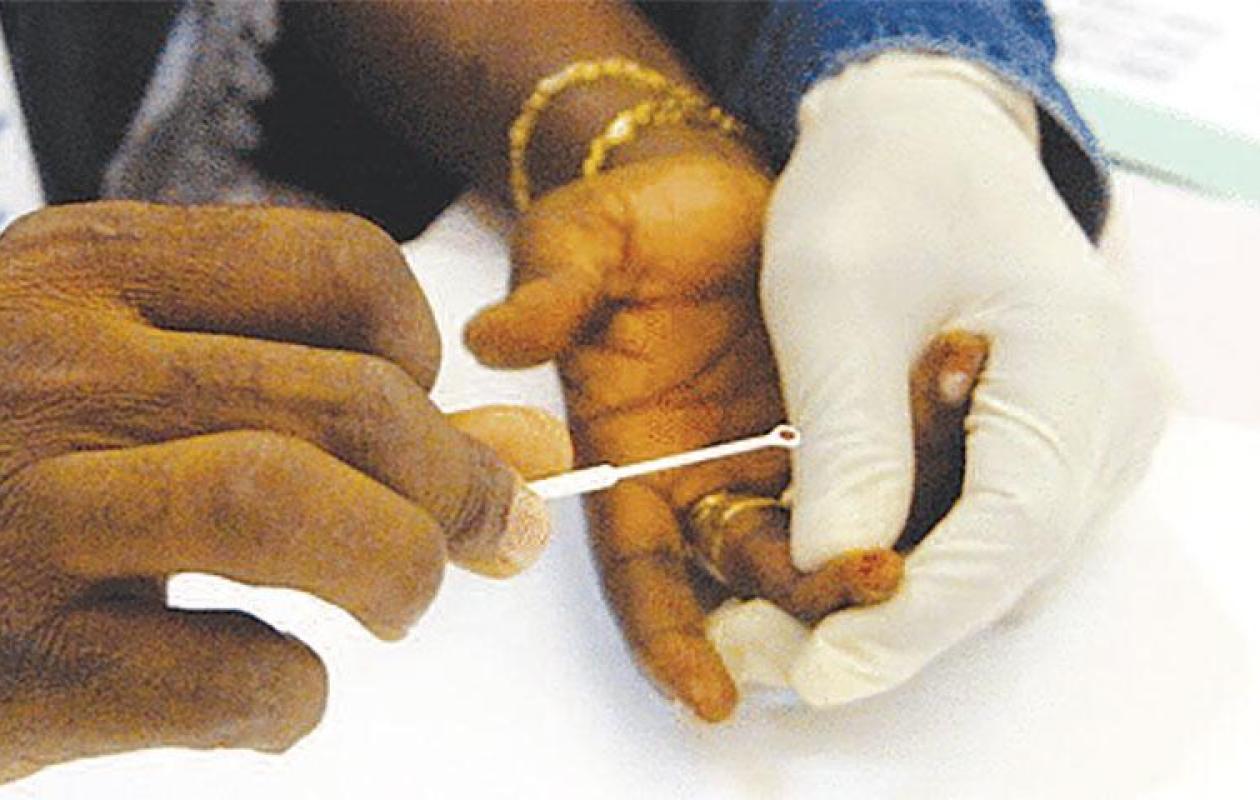
Drépanocytose : Guérison possible pour 60 % des patients si la Loi sur la greffe est adoptée
Sickle cell disease, a genetic blood disorder, could be cured in 60% of patients in Senegal, provided that the law governing the transplant procedure is adopted. This is the plea made by Professor Fatou Samba Ndiaye, head of the hematology department at Dalal Jamm Hospital.
Professor Ndiaye reminded everyone that sickle cell disease is mainly manifested by intense bone pain and jaundice (yellowing of the eyes) caused by the bursting of red blood cells, which can lead to severe anemia.
To control the disease, blood washing (a technique that replaces some of the patient's blood with healthy blood) is an important method. A monthly exchange transfusion program has also been in place for a year. The goal is to reduce the proportion of hemoglobin S in SS patients (severe form) to bring them closer to the AS profile (healthy carrier). This method significantly contributes to reducing crises and the mortality rate. Thanks to regular monitoring, some patients are now reaching an advanced age; the oldest recorded case in Senegal is a 75-year-old with SS.
Figures and Specialist Shortage in Senegal
Professor Ndiaye highlighted the global and national burden of the disease:
Worldwide: 7.5 million people with sickle cell disease.
Africa: Approximately 500,000 new cases per year.
Senegal: Approximately 1,700 new cases annually.
She estimates that 10 to 11% of the Senegalese population carries the gene and that 2% live with the SS form. The forms observed in Senegal are generally controllable.
Professor Ndiaye, however, expressed serious concerns about the shortage of specialists: the country has only about twenty hematologists, an insufficient number to meet the growing needs. She called on the authorities to invest more in the training and recruitment of specialists.
The major breakthrough lies in the possibility of a cure through transplantation for 60% of sickle cell patients. The results are particularly encouraging in children, who show higher success rates.
Professor Ndiaye emphasizes that the adoption of the law governing this procedure is the decisive step. The legal establishment of transplantation would transform the future of thousands of patients, offer a curative solution, and permanently alleviate the burden of the disease on families and the healthcare system.
Commentaires (5)
Il serait bien de préciser qu'il s'agit de greffe de CSH pour édifier les lecteurs.
Que veut dire Greffe de CHS ? Merci !
greffe de cellules souches hématopoïétiques. elles sont prises au niveau de la moelle osseuse et très souvent au niveau de la hanche.
Et puis j'aimerais connaître le coût de la greffe.
C'est combien le coupe de la greffe
Le coût d'une greffe de MO (moelle osseuse) est très variable.
Pour rappel, une personne à 1 chance sur 1 million d'avoir un donneur qui lui est compatible. Au niveau mondial, il existent 40 registres qui recensent dans leurs bases de données les volontaires pour le don de moelle. Les pays qui sont dotés de registre proposent aux pays qui recherchent un donneur les différents paramètres médicaux des donneurs. une fois un donneur compatible avec le receveur suite aux différents examens, un processus de prélèvement commence. A titre d'exemple, les USA propose une poche de 300 ml de moelle osseuse à 30.000$ et quelques fois il en fois 3. Faites le calcul. d'autres pays facturent moins chère et d'autres appliquent le principe de réciprocité (cession et achat de moelle sont au même tarif). Pour ne pas être trop long, il n'y a qu'un seul registre de MO en afrique et il se situe en afrique du sud. enfin, cette MO ou les CSP et/ou DLI permettent de soigner plusieurs formes de leucémies.
Participer à la Discussion